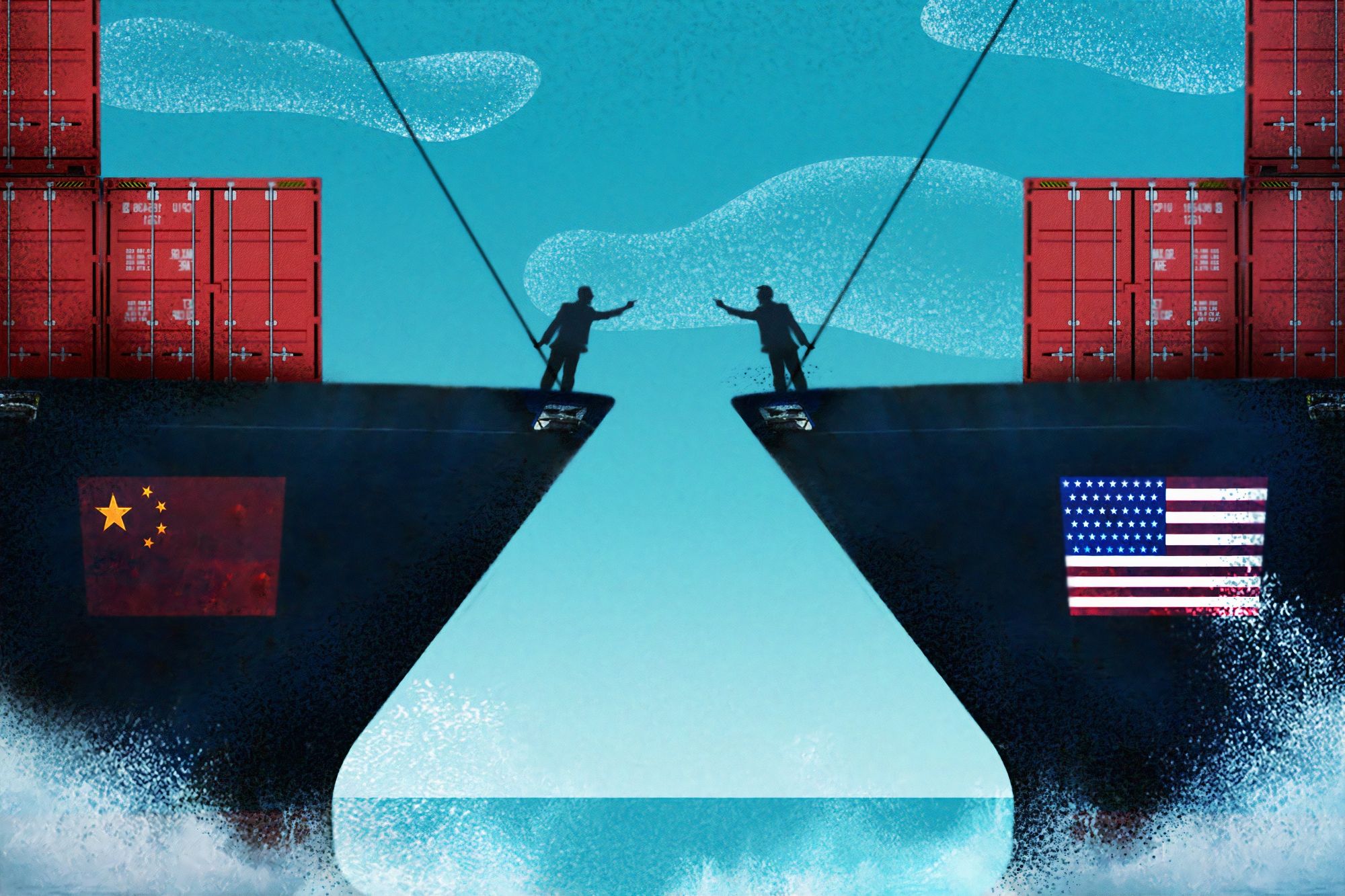Unit 14 - Readings & Viewings
Trade Remedies Approach: Antidumping & Countervailing Duties (Subsidies) Agreements, Plus Safeguard Agreement

Look at the language of GATT/WTO Agreement Articles VI , XVI & XIX
Read:
a. Anti-dumping plus the WTO Anti-Dumping Agreement (1994)
b. Subsidies and countervailing measures plus the WTO Subsidies and Countervailing Measures Agreement (1994)
c. Safeguard measures plus the WTO Safeguard Agreement (1994)
The US very recently lost an anti-dumping proceeding before the WTO dispute resolution body, which journalists now connect to the larger US opposition to the WTO dispute resolution body, see “China wins WTO case to sanction US $3.6 billion in US products following anti-dumping dispute,” SCMP 11/02/19 (technically, the challenge was to US anti-dumping calculations methodology). This represents longstanding trade disputes between the US and China, but adds a bit more fuel to the on-going “tariff war” fire. Concerning subsidies and non-market economies, see “China wants to restrict WTO rules on dumping, unfair subsidies: Beijing often the focus of the measures among nations which accuse it of unfair trade practices,” SCMP 04/25/17; “China upset at high US tariffs on steel imports: Punitive tariffs announced after conclusion of anti-dumping and anti-subsidy investigations,” SCMP 02/04/17; “China scores victories against US at WTO in anti-dumping disputes: World Trade Organization, however, rejects Beijing’s claim that US systematically accuses Chinese state firms of breaching dumping rules,” SCMP 10/20/16. There is an underlying problem severable from the US-Chinese disputes as such, which is how to deal in dumping and subsidy proceedings with the state’s role in the economy, if carried out via state-owned enterprises, as opposed to simple direct payments/subsidized government credit/cheap government loans? So when you read the GATT/WTO provisions in question, ask yourself as lawyers whether they are really designed to deal with such questions. There is a further argument currently that China simply has not lived up to its WTO Accession Agreement in terms of moving more towards a market-based economy, for example, see Broadman, “The Dangerous Myth that the US is Winning the Trade War with China,” Forbes 08/04/18. The state of play until circa fifteen months ago was that the Trump Administration was basically demanding that China remake its economy generally, but the Chinese government was not interested in abandoning its current economic model which has served them quite well so far, compare Jin, “What China Can Gain from Trump’s Trade War,” Project Syndicate 09/26/18 with Donnan, Mohsin & Leonard, “China Outlines Possible Trade Concessions to U.S. Before G-20, Sources Say,” Bloomberg, 11/14/18.
Then, during the Trump Administration, the US public narrative turned to a limited “Phase One” agreement with China mostly exchanging Chinese purchases of US agricultural products and natural gas in exchange for some measure of tariff relief. At the same time, the talking heads became increasingly pessimistic about whether China would acquiesce in any “Phase Two” agreement to undertaking major changes in China’s economic organization. The Phase One Agreement was actually signed in early 2020, but the Phase Two Agreement seems to have come off the table officially, and eventually President Trump said something to the effect that he had largely lost interest in any Chinese trade agreement as a result of the COVID-19 Pandemic, see Frommer, “Donald Trump hints lack of interest in a phase two US-China trade deal,” SCMP 07/11/20. In parallel, the Chinese government introduced its new National Security legislation for Hong Kong and the US formally revoked Hong Kong’s special status, with certain effects also in the trade area, because the core effect of Hong Kong’s special trade law status was its treatment as though it were an independent country (reflecting the original 1997 “one country, two systems” deal).
Looking back to 2020, if you were the Chinese, how would you see the on-going “tariff war”? Meanwhile, from the Indonesian or ASEAN perspective smaller countries were beginning to express concerns about at some point having to choose between the US and China if trade moved towards regionalism, see Jamrisko, Koutsoukis & Olorunnipa, “Singapore PM Says ASEAN May Need to Choose Between U.S. and China,” Bloomberg 11/16/18. This reflected the idea that there were really two negotiations going on here, namely the GATT/WTO multilateral negotiation, but also in the background the regionalism driven RCEP negotiation among the Asians and the TPP-11 agreement on which the Trump Administration bailed (now succeeded by the IPEF negotiations, as a practical matter). The issue is that if the GATT/WTO negotiations concerning China were to fail, the fall back is theoretically regional trade arrangements, but which ones? It is significant in that regard that the Singapore PM is the person expressing the sentiment, since Singapore already has an FTA with the US. So the Trump Administration’s long-standing expressed preference for bilateral trade agreements was already been satisfied in Singapore’s case, meanwhile the US apparently opted out of regionalism in withdrawing from TPP during the Trump Administration, except the Biden Administration has apparently reinvented it via IPEF.
Read for background purposes:
a. Understanding Antidumping and Countervailing Duty Investigations
b. KADI homepage in the Ministry of Trade (Indonesian government anti-dumping committee, roughly equivalent to the ITC and noting current proceedings - it obviously makes more sense to the Indonesian students, but you can make out the areas in which proceedings have been, or are being brought, because the action titles are partially in English)